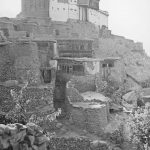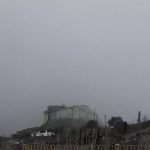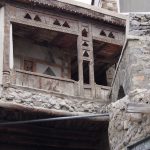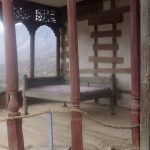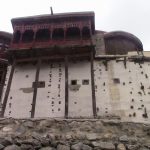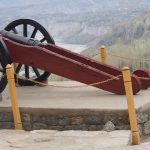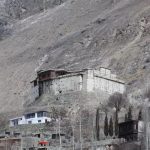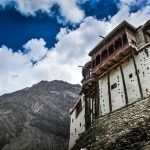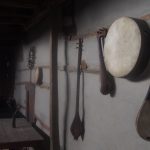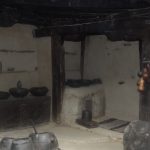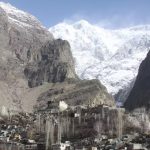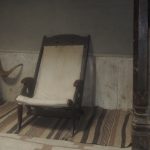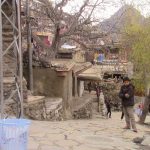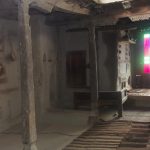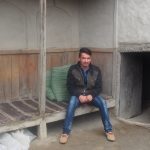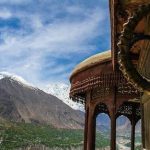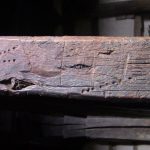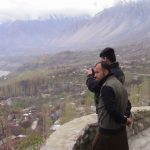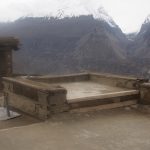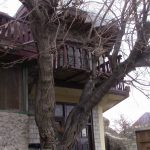Baltit is built upon the ancient Ultar watercourse to control the use of water which feeds the farmlands in the valley below. Because Hunza receives only between 100 and 200 ml of rain a year the Ultar glacial aqueduct was and still is today, the life blood of the valley below.
Baltit, like, Altit, has had many changes over its long life, much of its construction and striking features can be traced to the 14th century. The then Mir Ayasho ii married Princess Shah Khatoon from Baltistan, bringing with her as a part of her dowry tradesmen from Tibet and Kashmir. Baltit Fort with this Baltistan influence resembles the Potala Palace in Lahasa, in some of its features.
As a result of a family dispute in the late 1540’s between the Mirs two sons, Shah Abbas (Shabos) and Ali Khan (Aliquin), Shabos moved to Baltit, making Baltit the seat of power. Ali launched many offensives towards his brother in Baltit but Shabos eventually killed his brother, burying him alive in Altit tower. With the death of Ali ruler of Atilt, Shabos established Baltit as the unopposed ruling seat of Hunza. Today the township of Karimabad that surrounds the Fort remains the capital of Hunza.

